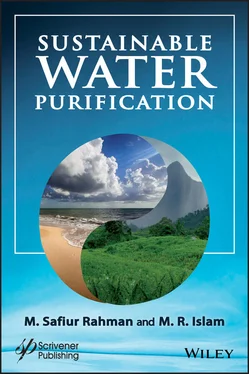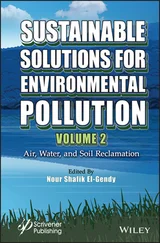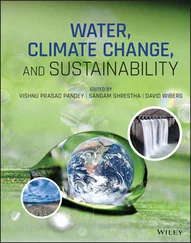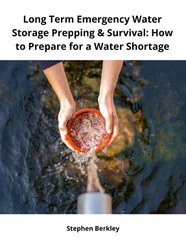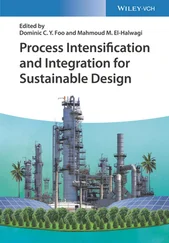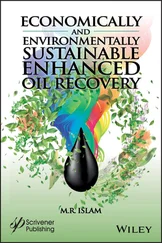Table 1.2Synergies between water and sustainable growth (modified from UN Water, 2013).
| Characteristics of sustainable growth |
Characteristics of water security |
| Effective use of natural resources |
Meet social and economic development need of water |
| Valuing ecosystem |
Supply of adequate water for maintaining ecosystems |
| Inter-generational economic policies |
Sustainable water availability for future generations |
| Protection of vital assets from climate-related disasters |
Balance the intrinsic value of water with its uses for human survival and well being |
| Reduce waste of resources |
Harness the productive power of water, maintain water quality, and avoid pollution and degradation. |
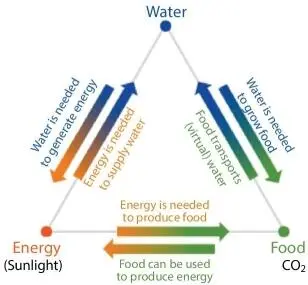
Figure 1.2The Water-Food-Energy Nexus (Modified from Lal, 2013).
When looking at the before mentioned nexus of water, energy, and food security, the question arises as to which environmental resources have to be managed in an integrated way to achieve the sought integrated and sustainable management. Considering the fact that nature is continuous, meaning there is no barrier to either mass or energy transport, not a single particle of mass (thus energy) can be isolated, any point is inflicted with toxicity will have an impact on the rest of the ecosystem. In this regard, it is important to recognize the science used to study this process. Scientists cannot determine the cause of global warming with the science that assumes all molecules are identical, thereby making it impossible to distinguish between organic CO 2and industrial CO 2. In the mean time, the environmental resources to be studied are: water, soil, and atmosphere. In modern society, waste, instead of atmosphere is made into an integral part of this nexus (Figure 1.2). It is because the modern age is synonymous with wasting habits. Such wasting habits are systemic and integral part of technology development. Such a tendency comes from the fact that in today’s society everything is denatured and the artificial version is constructed and promoted as the ideal version. In Chemical Engineering, an entire subject is dedicated to denaturing materials and then sold in medicine/medical industry - which itself is 100% artificial and harmful to humans. Such a process is inherently unsustainable (Khan and Islam, 2007).
Figure 1.3 depicts how any of the waste forms its own cycle and never assimilates with the ecosystem. As an example, if one considers CO 2that is generated from industrial activities or exhausts of combustion engines, any such CO 2would end up being rejected by the ecosystem. In contrast, any CO 2produced through organic activities (such as breathing of plants and animals) will be readily absorbed by the plants that will transform it into carbohydrates. Thus, from the same activity (oxidation or breathing), either waste (CO 2from exhaust) or a beneficial product (CO 2from breathing) is generated. In this process, waste accumulates within a system separate from the ecosystem and grow into a cancer-like entity within the overall global system. The remedy to this accumulation of waste and its inherent unsustainability is in making the use of fuel and mass wholly zero-waste, which can happen only when any product that is the outcome of an engineering process is entirely usable by some other process, which in turn would result in products that are suitable as inputs to the process. A perfect system is 100% recyclable and, therefore, zero waste. Such a process remains zero waste as long as each component of the overall process also operates at zero waste.
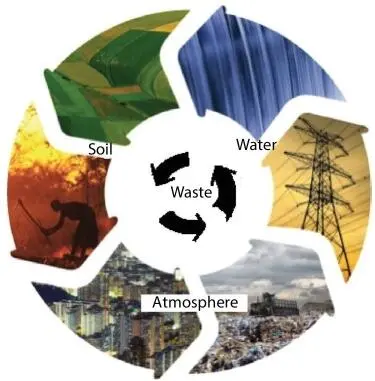
Figure 1.3The water-soil-atmosphere nexus.
The production of food relies on water, soil, and atmosphere. There is no waste generated if all nutrients and all pesticides are wholly organic. This not be the case for last 100 years or so (ever since the plastic culture has dominated current civilization), significant amount of waste is generated. This waste thus ends up creating further pollution of soil, water, and atmosphere and propagate through the food chain creating long-term insult to the environment. Equally important is the role of energy sources.
Water is a transparent, tasteless, odorless, and nearly colorless chemical substance, which is the main constituent of Earth’s hydrosphere, and the fluids of most living organisms. It is vital for all known forms of life, even though it provides no calorie organic nutrients. Its chemical formula is H 2O, meaning that each of its molecules contains one oxygen and two hydrogen atoms, connected by covalent bonds. Water is the name of the liquid state of H 2O at standard ambient temperature and pressure. It forms precipitation in the form of rain and aerosols in the form of fog. Clouds are formed from suspended droplets of water and ice, its solid state. When finely divided, crystalline ice may precipitate in the form of snow. The gaseous state of water is steam or water vapor. Water moves continually through the water cycle of evaporation, transpiration (evapotranspiration), condensation, precipitation, and runoff, usually reaching the sea. The distribution of water on the Earth’s surface is extremely uneven. Only 3% of water on the surface is fresh; the remaining 97% resides in the ocean. Of freshwater, 69% resides in glaciers, 30% underground, and less than 1% is located in lakes, rivers, and swamps. Looked at another way, only one percent of the water on the Earth’s surface is usable by humans, and 99% of the usable quantity is situated underground.
Due to different types of natural and anthropogenic activities surface and ground water become contaminated. Water pollution by toxic pollutions (inorganic and organic) has become a subject of interest especially since the establishment of the EPA (Environmental Protection Agency) in 1970. The problem of water quality degradation of both surface and sub-surface streams has been evident for a long time. Achieving an acceptable quality of surface water focuses on reducing emissions of known pollutants to within safe industrial and drinking standards. In developing nations, many of today’s industrial projects are environmentally hostile.
The quality of drinking water is an important factor in determining human welfare. It has been noted that polluted drinking water is the cause for waterborne diseases which wiped out the entire populations of cities. The major sources of water pollution are domestic waste from urban and rural areas, and industrial wastes which are discharged into natural water bodies. The rivers and lakes near urban centres emit disgusting odours and fish are being killed in millions along the sea coasts.
Extensive studies of the subject of water pollution by toxic pollutions (inorganic and organic) have been developed during the recent years. In today’s world, the study and research of pollutants should not be confined to their more removal or relocation. Economic feasibility, one of the key factors in any engineering project, must be addressed. Many of today’s engineering works are environmental friendly but that criterion is no longer sufficient. Time has come to make environmental works appealing rather than friendly. Islam and Wellington (2001) gave much stress on the development of environmentally appealing research projects mentioning introduction of novel methods in the areas of engineering research.
Читать дальше
